This carbon challenge is bigger than cars, aviation and shipping combined
GreenBiz
AUGUST 13, 2020
To transform basic inputs into stuff we need, manufacturers constantly heat (and cool) minerals, ores and other raw materials to extreme temperatures. The world’s kilns, reactors, chillers and furnaces are powered mostly by fossil fuels. . Making natural gas renewable . The urgency is growing.



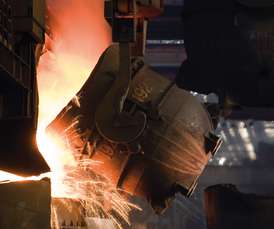
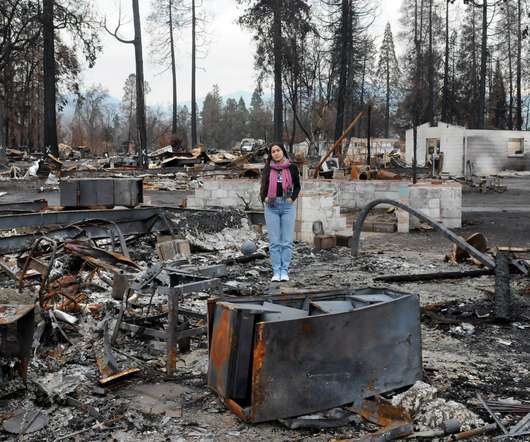
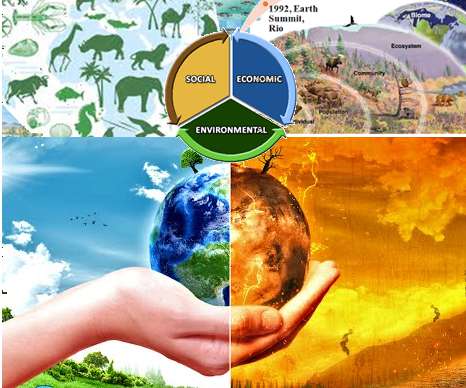

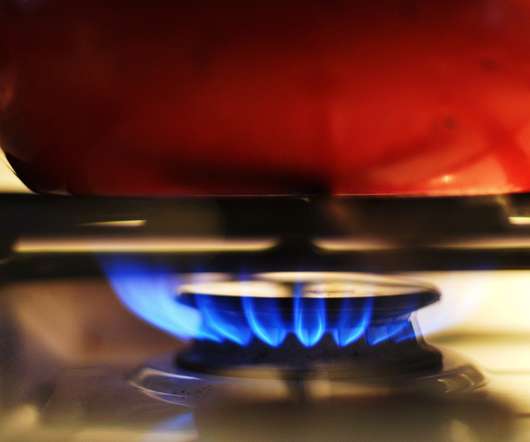
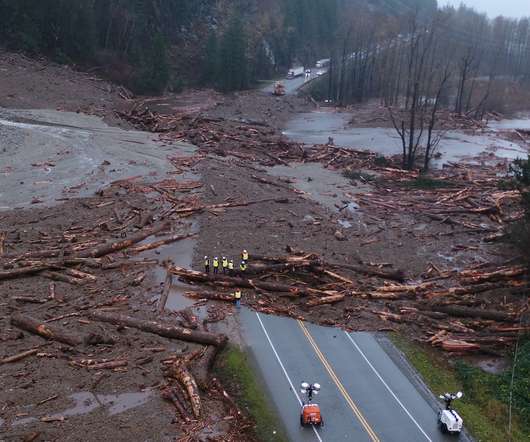
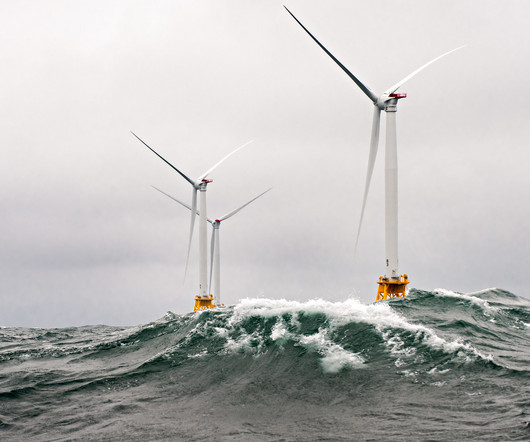








Let's personalize your content